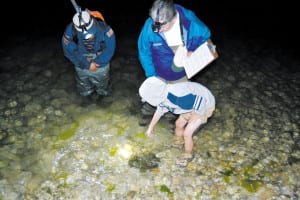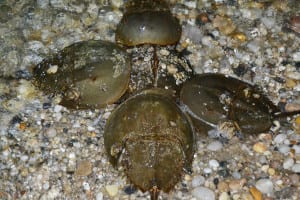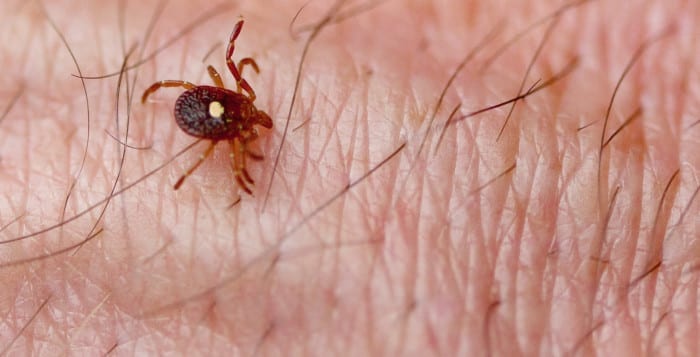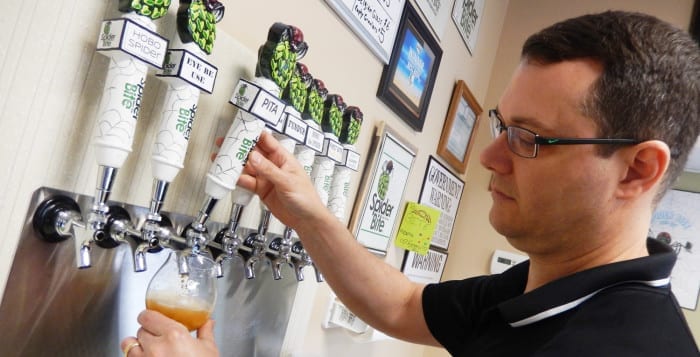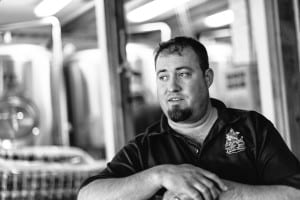They buzz and flutter and they are disappearing from Long Island’s environment. Pollinators are on the decline on the Island and nationwide.
According to the National Wildlife Federation, native pollinators such as Monarch butterflies have decreased in numbers by more than 80 percent in the past two decades. Native bee populations, among other indigenous pollinator species, are also on the decline, which can put local farms at risk as less pollinators mean less pollination.
But Suffolk County Legislator Sarah Anker (D-Mount Sinai) hopes to help Long Island farmers combat the population decline with her new Educational Agriculture Support Initiative, which aims to increase the amount of native plant species on Long Island, starting with the Heritage Park in Mount Sinai.
“The history of Heritage Park is [that] we wanted to take care of the rural character and the heritage of the area,” Lori Baldassare, president of Heritage Trust, said about how the park got involved with Anker’s initiative. According to Baldassare, Anker has a long history with the park so “it just seemed like a natural place to do [a] … demonstration garden.”
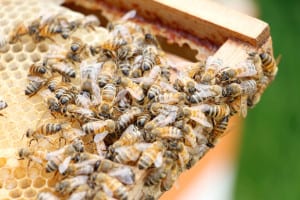
Although Anker has teamed up with Heritage Trust, Girl Scouts of Suffolk County, Long Island Native Plant Initiative, Cornell Cooperative Extension of Suffolk County and the Suffolk County Soil and Water Conservation District to help create a pilot native plant species garden at Heritage Park, she said that it will take more than the individuals from these organizations to bring back local pollinator species.
“I need people to participate,” she said. “I need people to understand that this is really important. If we don’t preserve [the environment] nobody else will.”
According to Polly Weigand, executive director of the plant initiative and senior soil district technician for the conservation district, the team is trying to provide the pilot garden with various native plant species, including native grasses, which will attract and sustain pollinators throughout the year. While these plants are neither flowering nor the most visually appealing, Weigand said the grasses provide a place for insects to lay their eggs and shelter during the winter months.
While some invasive or nonnative plants, like butterfly bush, can provide food for native butterflies, it isn’t sufficient for these insects to lay their eggs or seek shelter. Native insects evolve with the native plants in the area. The evolution allows these creatures to use a plant for shelter and sustenance. Although some invasive or nonnative plants can provide food and habitat for these small creatures, this is not always the case.
“Plants have a little chemical warfare that they play with the species that are going to [prey] on them,” Weigand said. “They put out toxins to try to keep the animal from eating the leaves.”
It takes several generations before an insect can successfully utilize the foreign plants for their life cycle.
But according to Robin Simmen, community horticulture specialist for the cooperative extension, and Laura Klahre, beekeeper and owner of Blossom Meadow in Cutchogue, in addition to the lack of suitable plants, the use of pesticides and lack of suitable habitat for Long Island pollinators are some of the many factors contributing to the decline in the native species.
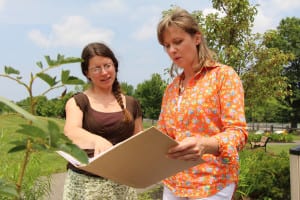
“We used to just think that we would get these free pollination services from nature,” Klahre said. “But in the future that may not be the case because there aren’t enough flowers around [and] we have so many pesticides.”
Pesticides that target unwanted pests, like ticks, are also detrimental to native bees, which live underground.
When the toxins seep into an area in close proximity to native insects, some eventually develop dementia.
Klahre also mentioned the lack of open space as an issue as it jeopardizes the livelihood of the bugs.
While Klahre does not know by how much the native bee population has declined, she said they are struggling to maintain their populations just like their European counterpart, the honeybee. According to Klahre there are about 4,000 different bee species nationwide and 450 different species in New York state alone.
Unlike docile native bees like mining, mason or sweat bees, honeybees are not efficient pollen collectors.
Native bees are among the best pollinators for a variety of plant species. The native bees also yield higher quality and longer lasting fruits like apples or cherries, which can have a thicker outer skin; a thicker skin means that the fruits have a longer shelf life than those pollinated by honeybees.
Although Anker said farms across Long Island are affected by the decline in pollinator species as they are forced to import pollinating bees to the locations, Klahre said she only saw a disruption in growing produce with home gardeners.
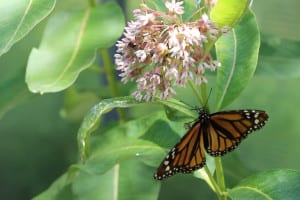
Pollinators like bees usually have a route that they go on to collect pollen and nectar before returning to their habitat. If these insects are not accustomed or attracted to a homeowner’s property, it is unlikely that the pollinator will visit the area. This is especially the case for homeowners who have a simple grass lawn.
While some grasses help native insects, a bare lawn does not provide a pollinator with the necessary sources of food in order to survive.
But Anker’s goal is to educate the community about the best way to attract and support these insects using appropriate native plant species like milkweed, among others.
“I’m actually looking to have [pilot gardens] throughout Suffolk County,” Anker said in regards to her initiative.
The plant initiative has selected the types of native plants that will go into Anker’s pilot garden, which could be designed and constructed toward the end of August.
Individuals like Klahre believe there is enough time to heal the environment and help increase native pollinators like bees, but she does acknowledge the reality of having little to no pollinators.
“In China there are some areas that are so polluted that they actually have people that are going from flower to flower in orchards with feathers moving the pollen,” Klahre said. “I just never want us to get to that point.”

